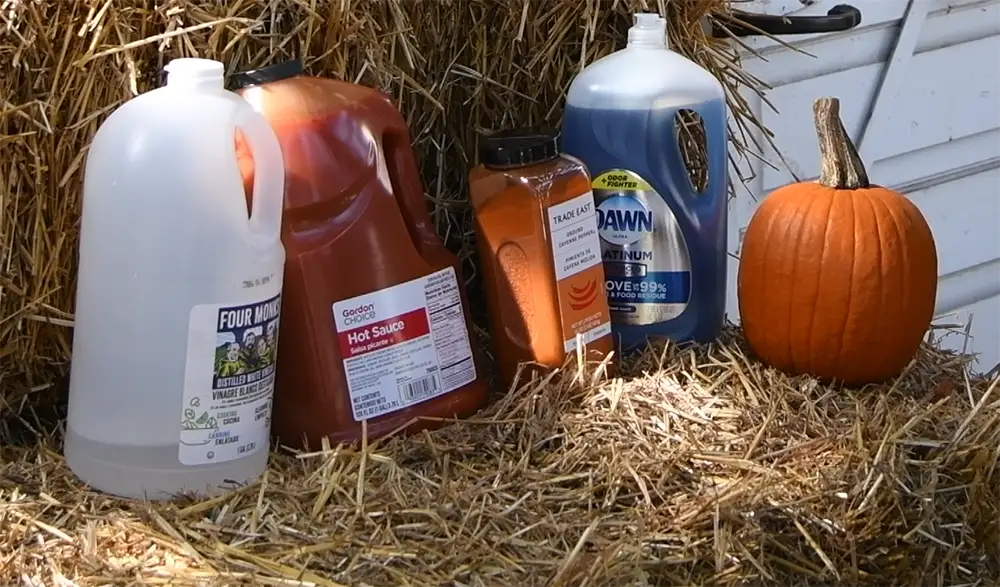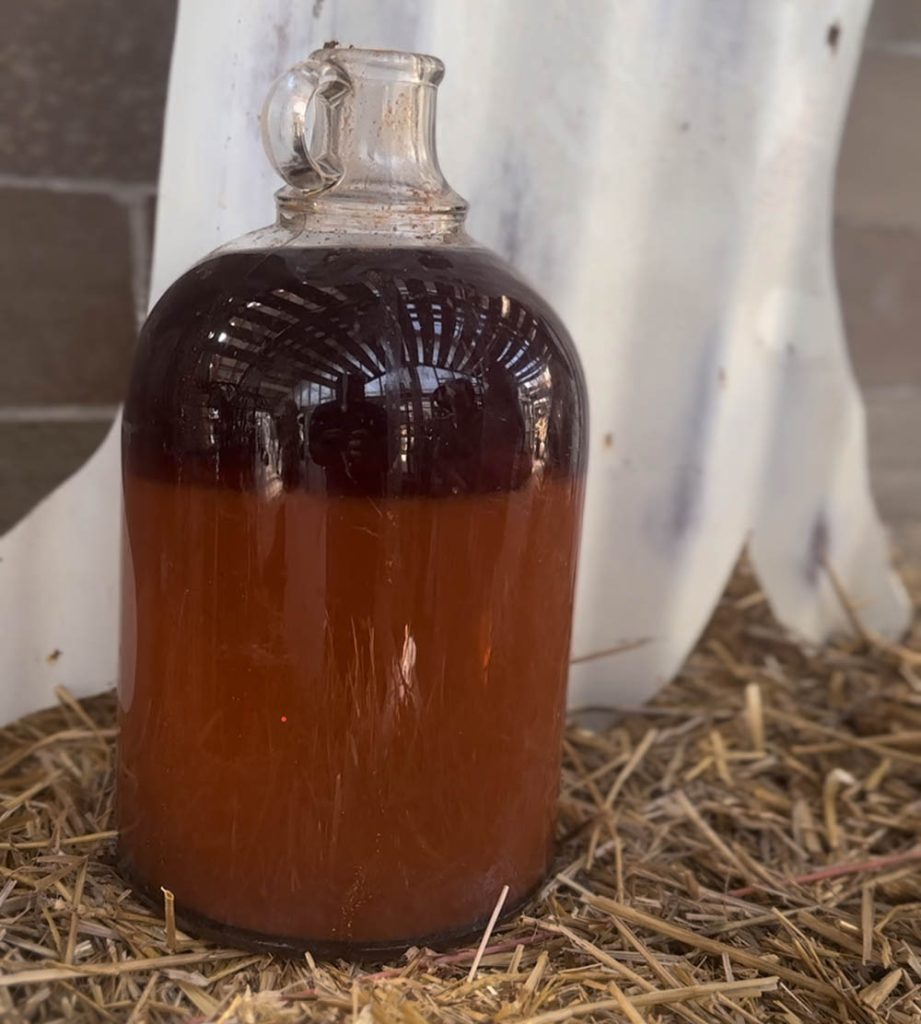This recipe yields one small batch of rodent/critter repellant or 3 to 4 32oz spray bottles.


Hot pepper animal repellent is a natural deterrent to keep unwanted animals and pests away from plants and garden areas. It combines the properties of both hot peppers (capsaicin) and dish soap to create a safe, cheap, and effective repellent. Here’s how it works:

559 Orchard Lake Rd.
Pontiac, Michigan 48341